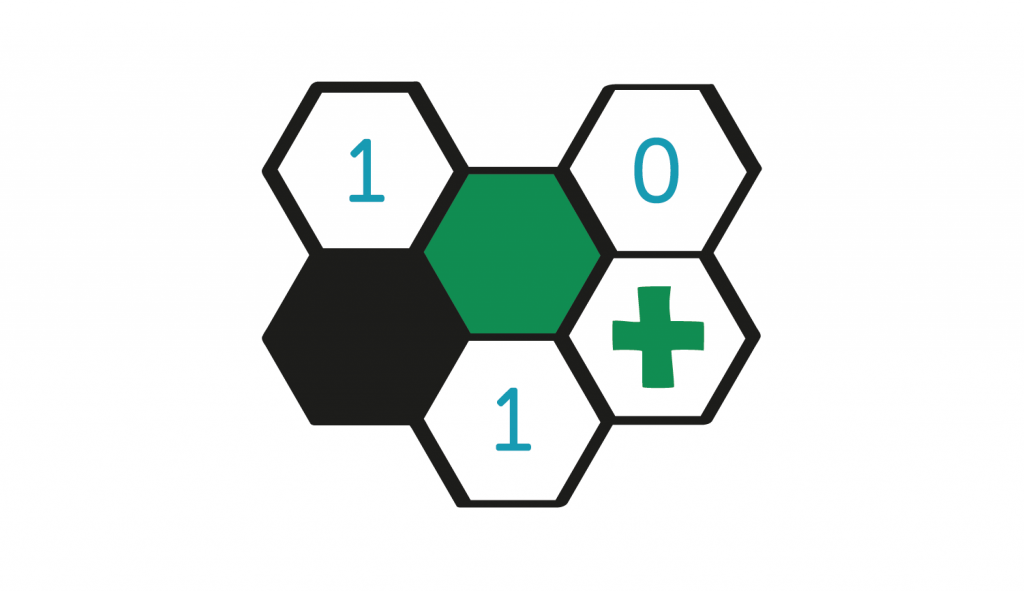Quality of care
What we do
Within this research line, we are working on improving healthcare and preventing errors. This is achieved by developing quality indicators, case mix correction, comparing various hospitals, and providing feedback to healthcare providers. This feedback allows to enhance their behavior and/or care processes.
Aim
We aim to reuse routinely collected data to improve quality of care. We primarily focus on the intensive care, but we also have projects in other specialties and in healthcare systems of low- and middle income countries, for example in Asia and Africa.
Contact
More information: NICE registry
















Scientific projects
NICE Federated Learning
This project tests the feasibility of Federated Learning, a decentralized machine learning technique. We will examine the performance of NICE’s yearly APACHE IV recalibration when calculated centralized versus decentralized (recreated virtually) and investigate its effect on the position of ICUs in funnel plots.


KIK Staff: Ferishta Raiez, Sebastian van der Voort, Ronald Cornet, Nicolette de Keizer
NICE2Improve Antibiotics
In the ICU, 30% to 60% of the antibiotics are prescribed unnecessary, inappropriate, or suboptimal. This project aims to develop and evaluate a NICE2Improve dashboard for antibiotics. The dashboard includes actionable quality indicators and a toolbox with suggestions of improvement actions to support ICU staff on how they can increase appropriate antibiotics use.

SES and ICU outcomes
Generally, a lower socioeconomic status (SES) is associated with more adverse healthcare outcomes. This nationwide observational cohort study will investigate SES in the total Dutch ICU population and across regions, the association between SES and (hospital/long-term) mortality, and its effect on individual estimated mortality risks.


